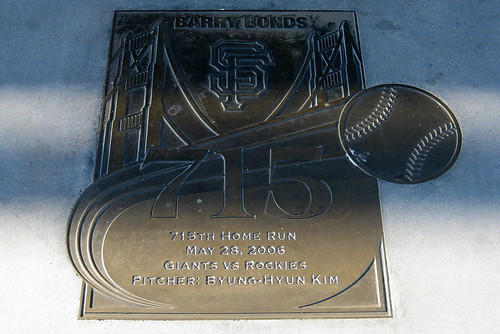 How to determine if polar bond is ion-ion, dipole-dipole, dispersion forces or hydrogen bonds?
How to determine if polar bond is ion-ion, dipole-dipole, dispersion forces or hydrogen bonds?
I don't know how to really fiqure out if a bond is polar, and if it is how to find out what type of polar bond is it? like hydrogen bond need hydrogen, dipole dipole needs what and ion ion and dispersion forces. PLEASE HELP
Bond best answer:
Answer by nibblito
hey buddy, Ive got an exam on this stuff on monday and ill try help u as best i can.
1-) the best way to tell if any molecule/bond is polar is by looking at its shape. If the shae of the molecule is completely symmetrical, then the molecule is non-polar. If it isn't symmetrical then of course you will have a polar molecule. The best way to look at a molecules shape is to draw a Lewis electron dot diagram and then look at its shape. eg H2O
++ ++
O
*+ *+
H H
(Sorry About diagram, it keeps aligning the o and h to the left, just imagine them centerd lol :~)
+'s are valance O electrons, O has 6 because its in group 6 therefore has 6 crosses.
*'s are H valance electrons, H has 1 because its in group one.
The non-bonding pairs (the two paris of +'s up the top of O) have a higher repulsion force then the bonding pairs between H and O and therefore push the two bonding paris down to the bottom of the water molecule.
water forms a "bent" molecule and therefore is polar because its shape is not symmetrical.
2-) hydrogen bonding is between molecules with hydrogen bonded to either a nitrogen, oxygen, or fluorine. (the 3 elements with the highest electronegative because their protons pulling power is not being shielded by outer energy levels and they have lots of protons) hydrogen has a partial positive charge and the other atoms have a partial negative charge and therefore attract each other. These molecules are held together in solid and Solution by these charges and they are all POLAR.
3-) Dipole-dipole bonding occurs between other polar molecules whose atoms are not as electronegative as nitrogen oxygen and fluorine.
4-) Dispersion forces are very wear momentary charges that occur between atoms that have "mobile" electrons that move between the molecules poles creating partial positive or negative forces. these are very weak bonds and occur within NON-POLAR molecules.
That's it for my tut, hope u liked it, year 11 chem FTW :P
P.S: for further reading check out this website, it will help clear things up with heaps of diagrams and stuff: http://misterguch.brinkster.net/intermolecularforces.html
Peace out, nibblits
Bond
San Francisco: AT&T Park - Barry Bonds 715th Homer

Image by wallyg
Barry Bonds hit his 715th homer, surpassing Babe Ruth for second all-time, in the 4th inning of a game at AT&T Park on May 28, 2006 off of the Colorado Rockies' Byung-Hyun Kim.
Located beyond the outfield wall, the Portwalk offers sweeping views of San Francisco Bay and is inlaid with bronze medallions commemorating key moments in modern Giants history.
AT&T Park, located at 24 Willie Mays Plaza in San Francisco's South Beach, has been the home of San Francisco Giants since it was opened by China Basin Ballpark Corp on March 31, 2000. Originally named Pacific Bell Park, then renamed SBC Park in 2003, it was ultimately christened AT&T Park in 2006. Replacing Candlestick Park as the Giants' home, it was Major League Baseball's first privately financed ballpark since 1962.
Orignal From: How to determine if polar bond is ion-ion, dipole-dipole, dispersion forces or hydrogen bonds? and San Francisco: AT&T Park - Barry Bonds 715th Homer
No comments:
Post a Comment